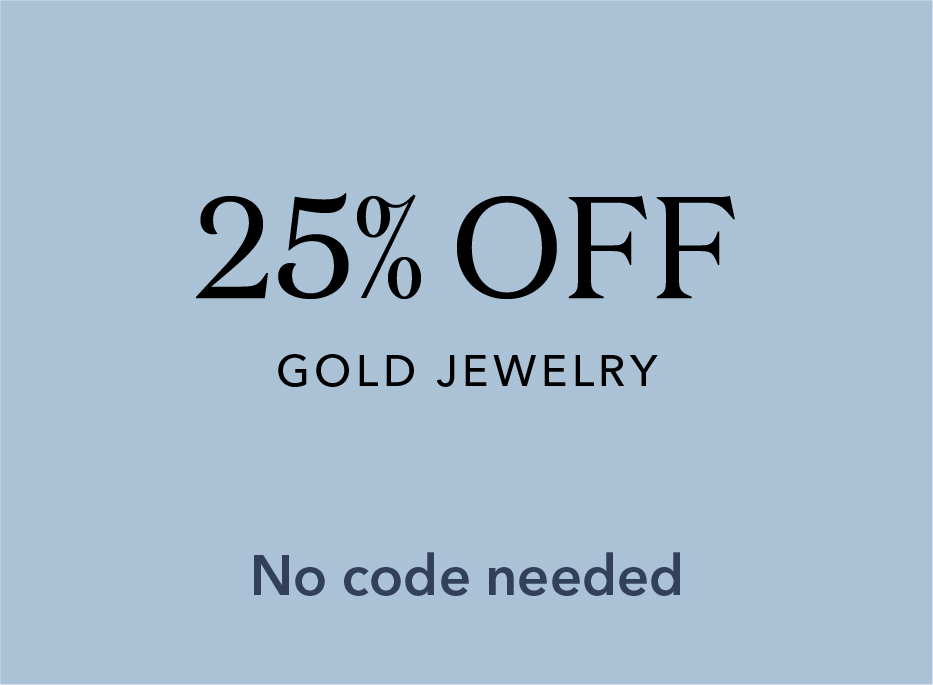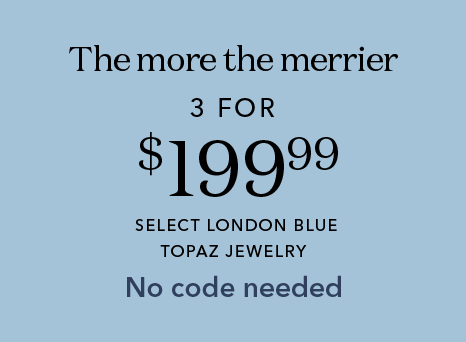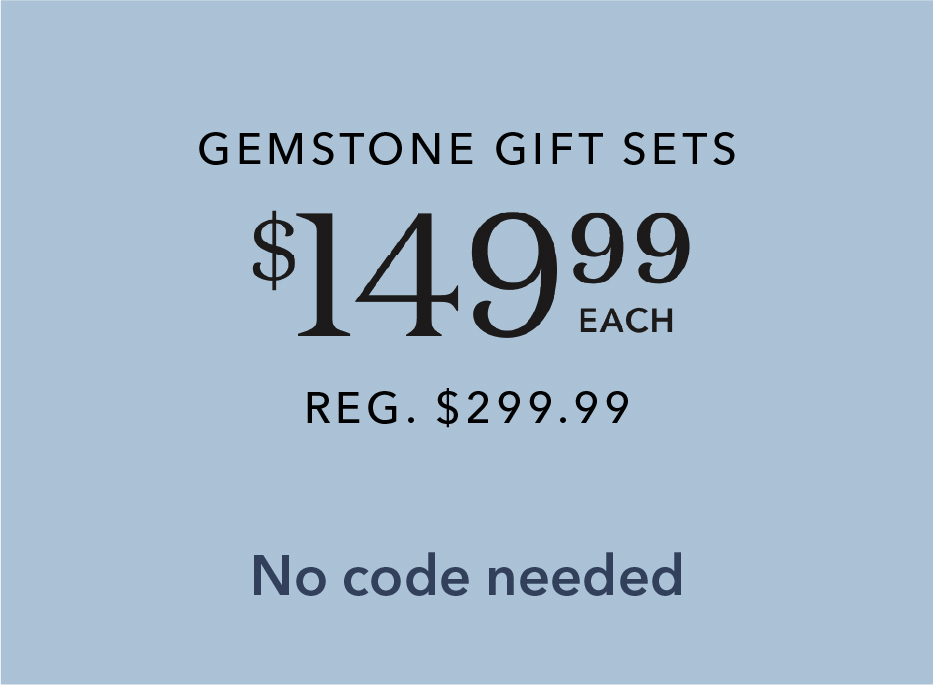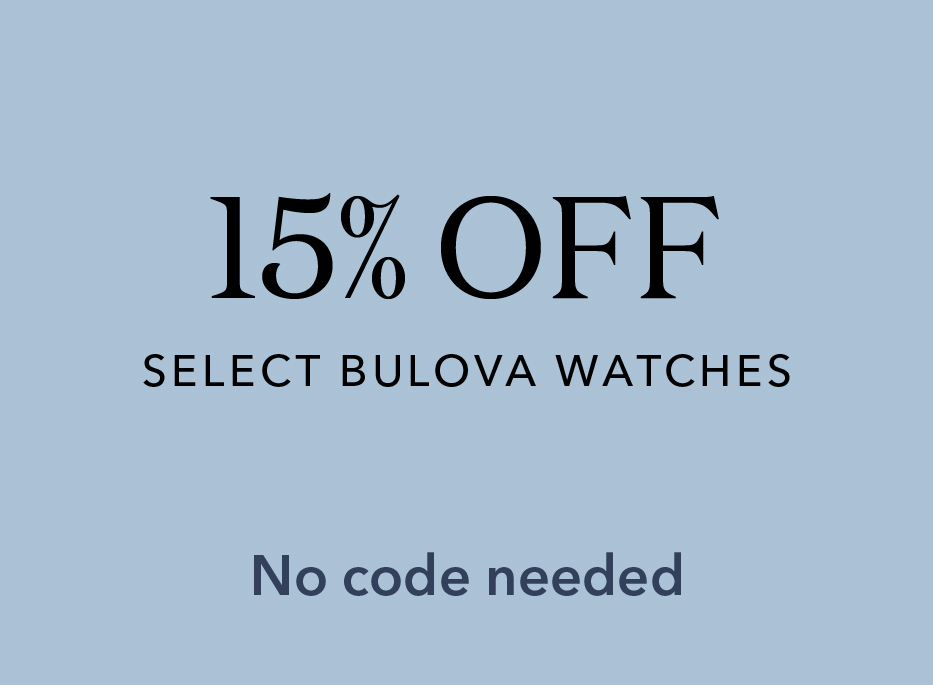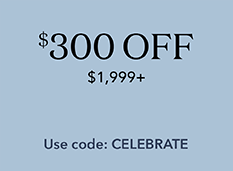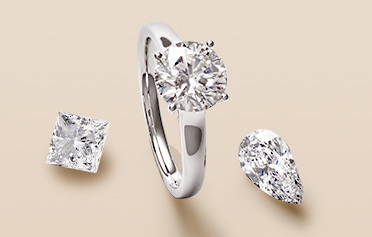diamond grading chart and diamond certification
No two diamonds are exactly alike, even if their size and chemical compositions are essentially the same. Diamond grading reports, based on internationally recognized diamond grading standards, provide buyers with assurance that they are purchasing a quality stone.
Many of our diamonds have been graded by some of the most trusted third-party labs in the industry, such as AGS, GIA® and GCAL. For every graded diamond, we provide our customers with a grading report, which assesses a stone's quality based on several key factors.
what is a diamond grading report?
Diamond grading reports are obtained by submitting diamonds for evaluation at independent grading laboratories. These reports can help differentiate stones based on important characteristics that determine quality and aesthetic.
what characteristics are included in a diamond grading report?
After carefully assessing and analyzing a diamond, the grading lab issues a detailed report or grading certificate that includes ratings and scores for each of the fundamental characteristics of a diamond — that is, the 4Cs: cut, color, clarity and carat weight.
carat weight
This refers to the actual physical weight of the diamond. The most common carat weights range from .25–5 carats; however, Helzberg carries a wide variety of sizes.
Shape and cut describe the diamond's shape. More than 50 percent of issued grading reports are for round brilliant cut diamonds, but numerous complex shapes can be identified. Diamond cuts are graded from “Fair” to “Excellent.”
Some grading reports include proportions diagrams that break down a diamond's measurements, from the table to the culet (the small facet at the bottom of a diamond).
color grade
This measures the amount of natural color present within a diamond. From white to yellow, diamonds receive a grade, from D (colorless) to Z (light), for the amount of natural color they contain. Typically, the less natural color a diamond has, the higher its quality rating.
Some grading labs also measure a diamond's fluorescence, which is how intensely the stone glows under UV light. Bluish fluorescence can make certain diamonds appear more colorless in natural daylight or under fluorescent lamps. This may make them more valuable than diamonds of a similar carat weight that do not have fluorescence.
clarity grade
This describes the internal and external characteristics of a diamond. Most diamonds will have grades ranging from “I” to “FL,” with "I" referring to a diamond with inclusions (or imperfections) and "FL" referencing flawless clarity.
Some grading reports include plotting diagrams that map a diamond's clarity characteristics, which include not only the internal inclusions, but also the blemishes on the diamond's surface.
cut grade
This analyzes how well-proportioned the dimensions of a diamond are. Both polish and measurement affect a diamond's cut grade, typically ranging from “Excellent” to “Poor.”
The polish score indicates the quality or degree of smoothness to which diamond facets have been polished. Measurement is a description in millimeters of the width and length (in the case of non-round stones) or diameter and depth (in the case of round stones). Diamond measurements can vary depending on cut. Diamonds that are cut to exacting proportions sparkle more.
grading number
Issued by a grading laboratory, this unique number is inscribed on the girdle of the diamond and can't be seen with the naked eye. The grading number links to a copy of the associated report held by the lab. Often available online, the report provides detailed graded information and comments that are specific to each unique diamond.
frequently asked questions
Diamond grading reports give an unbiased assessment of a diamond. Just as houses have deeds and vehicles have registrations and titles, it only makes sense that buyers would seek similar documentation for something as valuable as a diamond.
A diamond grading report is your assurance that your diamond is a diamond. It also includes disclosures of any treatments used to enhance clarity or color. From the perspective of thoughtful buyers, a reputable diamond grading report gives clear evidence that may help their customer confidently purchase a diamond.
Helzberg offers detailed reports for every graded diamond we sell. With ethical sourcing of our materials and strict diamond quality standards, we go above and beyond industry standards to provide each customer with the exceptional quality that has defined the Helzberg name for over a century.
Our approach to fine jewelry is Quality Over Everything, which is why we partner with some of the diamond industry’s most trusted, independent grading labs. Their sole purpose is to validate diamond quality through detailed grading reports. Though these reports include ratings or scores based on similar characteristics, the way they are measured differs from lab to lab — and from natural and lab grown diamonds to gemstones. We look to these experts to ensure you get the highest quality stone available, no matter which you choose.
The best diamond clarity is graded as “FL,” which stands for Flawless. This means the diamond has no visible inclusions or blemishes under 10x magnification. Just below that is the “IF” or Internally Flawless diamond clarity rating, which indicates the interior is free of inclusions, though there may be minor surface marks. Flawless diamonds are extremely rare and are usually priced higher due to their purity. However, most diamonds on the market fall into lower clarity ranges that still look clean to the naked eye, making them more practical for buyers who want quality without paying a premium for perfection.
Diamond color and clarity both affect a diamond’s appearance, but color often has a bigger visual impact, especially in diamonds under 1 carat. Slight color differences are more visible to the eye than small inclusions, particularly when a diamond is set in jewelry. The importance of each depends on the diamond's shape, size and setting. Step-cut shapes like emeralds, for instance, show inclusions more clearly, making clarity more important. In contrast, brilliant cuts can hide flaws better, allowing you to prioritize color. In most cases, balancing both factors based on what’s most visible and meaningful to you is the best approach.
more advice
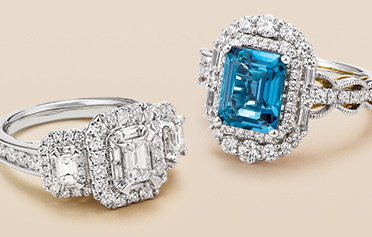
engagement buying guide
Finding the perfect engagement ring can be
overwhelming, but it doesn’t
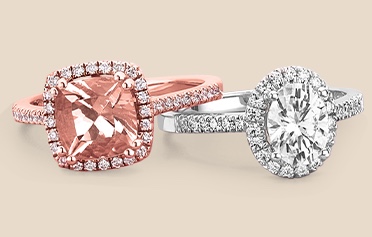
alternative engagement rings
From morganite to sapphire, there’s a
gemstone out there

